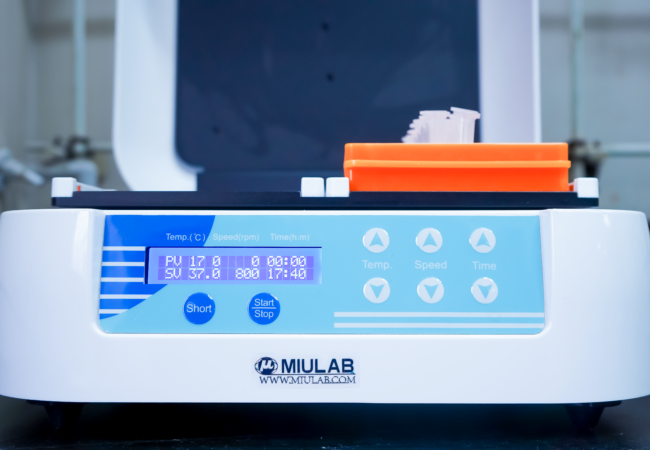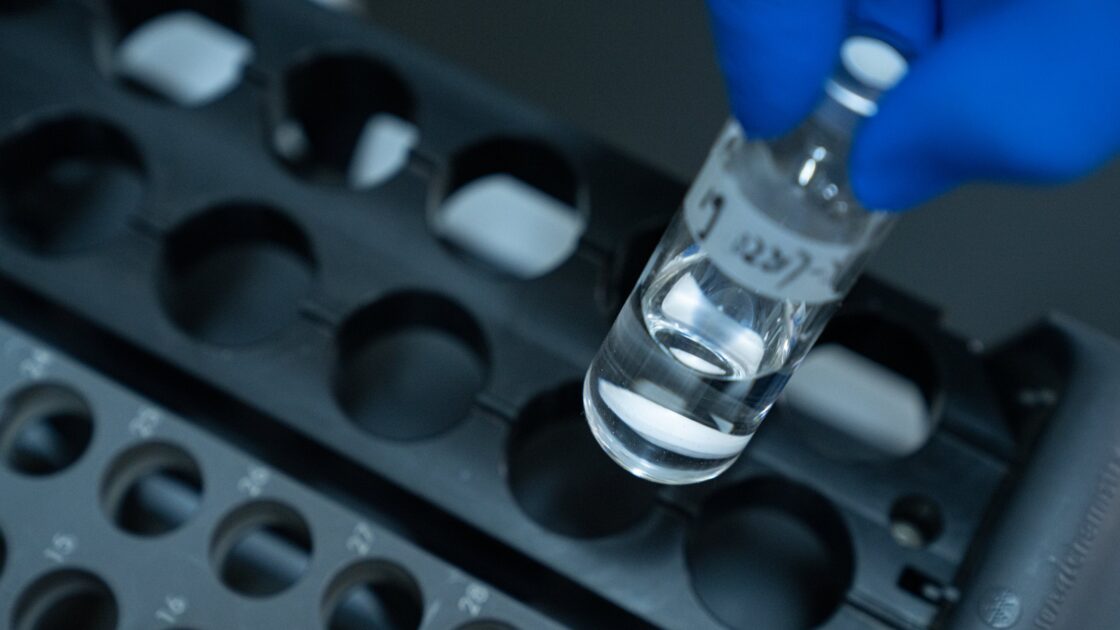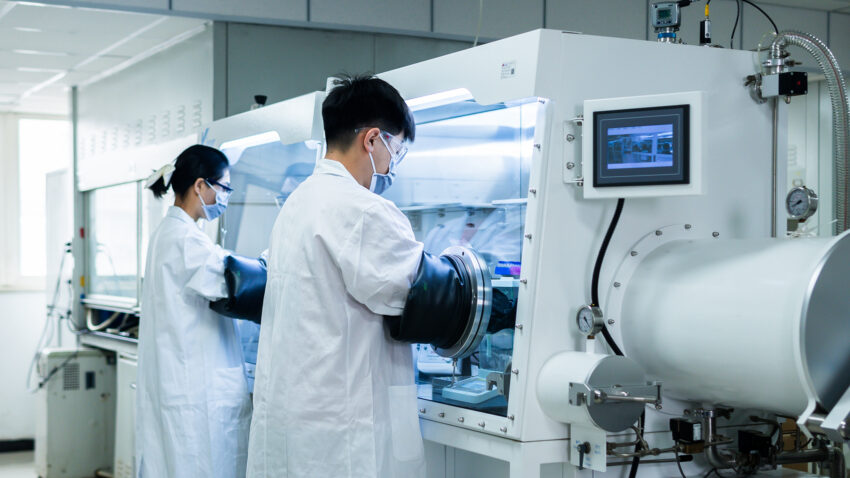Antibody-drug Conjugates

Antibody-drug Conjugates (ADC) Services
Pharmaron can help our partners with the entire synthesis process of bioconjugates including linker drug generation to antibody expression and purification to bioconjugation. Pharmaron’s team has years of experience generating high potency payloads as well as linker payloads from discovery stage to GMP manufacturing.
Pharmaron’s team has built capabilities to express and purify protein as well as cell line optimization from discovery to process development stage and GMP services will be available next year.
Our integrated drug discovery approach allows our team to generate the bioconjugate and even test them in vitro and in vivo essay for efficacy, stability, PK and toxicology.
Capabilities

Conjugation Chemistries
- Via Cystine – Intrachain disulfides, site specific
- Via Lysine
QC Packages
- Concentration
- DAR
- % monomer
- Endotoxin level
- % free payload present in final bulk
- Peptide mapping
Laboratory Chemistry Services
Pharmaron provides efficient and innovative services in support of medicinal chemistry and drug discovery research.
